-
 Bitcoin
Bitcoin $117500
2.15% -
 Ethereum
Ethereum $3911
6.19% -
 XRP
XRP $3.316
10.79% -
 Tether USDt
Tether USDt $1.000
0.01% -
 BNB
BNB $787.2
2.24% -
 Solana
Solana $175.2
4.15% -
 USDC
USDC $0.9999
0.00% -
 Dogecoin
Dogecoin $0.2225
8.40% -
 TRON
TRON $0.3383
0.28% -
 Cardano
Cardano $0.7868
6.02% -
 Stellar
Stellar $0.4382
9.34% -
 Hyperliquid
Hyperliquid $40.92
7.56% -
 Sui
Sui $3.764
7.63% -
 Chainlink
Chainlink $18.48
10.66% -
 Bitcoin Cash
Bitcoin Cash $582.1
1.88% -
 Hedera
Hedera $0.2601
6.30% -
 Avalanche
Avalanche $23.33
4.94% -
 Ethena USDe
Ethena USDe $1.001
0.02% -
 Litecoin
Litecoin $122.3
2.04% -
 UNUS SED LEO
UNUS SED LEO $8.969
-0.27% -
 Toncoin
Toncoin $3.339
0.86% -
 Shiba Inu
Shiba Inu $0.00001287
4.30% -
 Uniswap
Uniswap $10.43
7.38% -
 Polkadot
Polkadot $3.861
5.08% -
 Dai
Dai $1.000
0.02% -
 Bitget Token
Bitget Token $4.513
3.41% -
 Monero
Monero $267.7
-6.18% -
 Cronos
Cronos $0.1499
4.14% -
 Pepe
Pepe $0.00001110
5.15% -
 Aave
Aave $284.9
8.28%
What is the circulation of BNB?
Despite its abundant use cases, the total supply of BNB is capped at 200 million, ensuring its scarcity and potential for value appreciation.
Feb 17, 2025 at 01:54 am
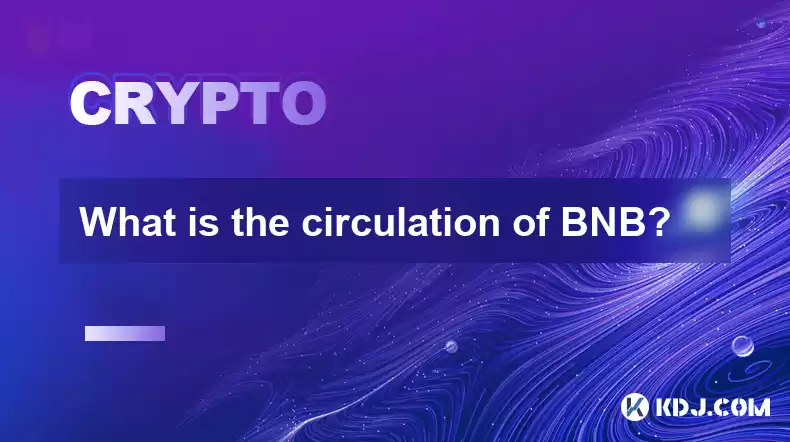
Key Points:
- Binance Smart Chain (BSC) powers hundreds of decentralized applications and serves as the backbone for the BNB (Binance Coin) ecosystem.
- BNB is a multi-utility token that acts as a native cryptocurrency for BSC, offering a wide range of use cases.
- The total supply of BNB is limited to 200 million tokens, with nearly half already burned.
- Holding BNB enables users to unlock various benefits and features within the Binance ecosystem, including trading fee discounts, staking rewards, and participation in launchpads.
Understanding BNB Circulation
The circulation of BNB refers to the amount of tokens that are currently in the market and available for trading. The total supply of BNB is capped at 200 million tokens, out of which approximately 115 million BNB (roughly 57.5%) have been burned, leaving a circulating supply of around 85 million BNB.
Factors Influencing BNB Circulation
There are several factors that can influence the circulation of BNB:
- Token Burns: Binance regularly conducts token burns to reduce the total supply of BNB. This process involves sending tokens to a burn address, where they are permanently removed from circulation.
- New Token Issuance: While Binance has stopped issuing new BNB tokens, the company may occasionally mint tokens for special events or initiatives. However, these new issuances are typically accompanied by corresponding token burns, ensuring that the overall supply remains balanced.
- Trading Volume: The demand for BNB on the open market can also impact its circulation. High trading volumes usually indicate increased demand, which can temporarily reduce the circulating supply as tokens are purchased and held.
Role of BNB in the Binance Ecosystem
BNB plays a pivotal role within the Binance ecosystem, providing a seamless user experience across various products and services:
- Trading Fee Discounts: BNB holders enjoy reduced trading fees on the Binance exchange, making it more cost-effective to execute trades.
- Staking Rewards: Users can stake BNB to earn passive income through staking rewards. BNB is a popular option for staking due to its relatively high yield and low risk profile.
- Launchpad Participation: Binance Launchpad offers investors the opportunity to participate in exclusive token sales of promising new projects. To participate, users must hold a minimum amount of BNB.
- DeFi Applications: BNB is used as a gas fee on BSC, allowing users to interact with DeFi applications such as decentralized exchanges, lending platforms, and yield farming protocols.
FAQs:
1. What is the maximum supply of BNB?
The maximum supply of BNB is limited to 200 million tokens.
2. How often does Binance burn BNB tokens?
Binance conducts quarterly token burns based on the trading volume on its exchange.
3. Can I earn interest on my BNB holdings?
Yes, you can earn passive income by staking BNB on the Binance exchange or through DeFi protocols.
4. What are the benefits of holding BNB?
BNB holders benefit from trading fee discounts, staking rewards, participation in launchpads, and reduced gas fees on BSC.
5. Where can I buy and sell BNB?
BNB can be purchased and sold on a variety of cryptocurrency exchanges, including Binance, Coinbase, and KuCoin.
Disclaimer:info@kdj.com
The information provided is not trading advice. kdj.com does not assume any responsibility for any investments made based on the information provided in this article. Cryptocurrencies are highly volatile and it is highly recommended that you invest with caution after thorough research!
If you believe that the content used on this website infringes your copyright, please contact us immediately (info@kdj.com) and we will delete it promptly.
- Tron's Sell-Off Spurs Altcoin Shift: What's Next for TRX?
- 2025-08-08 08:30:12
- RUVI Presale: Is the Growth Potential Real?
- 2025-08-08 09:10:12
- Sleep Token's US Takeover: Thornhill Rides the 'Even In Arcadia' Wave
- 2025-08-08 08:30:12
- FTT Token's Wild Ride: Creditor Repayments vs. Market Drop - A New Yorker's Take
- 2025-08-08 07:10:12
- Floki Crypto Price Prediction: Riding the Robinhood Rocket or Just a Meme?
- 2025-08-08 07:15:12
- EigenLayer, Restaking, and Ethereum: Navigating the Hype and the Hazards
- 2025-08-08 06:30:12
Related knowledge

Where can I buy UMA (UMA)?
Aug 07,2025 at 06:42pm
Understanding UMA and Its Role in Decentralized FinanceUMA (Universal Market Access) is an Ethereum-based decentralized finance (DeFi) protocol design...
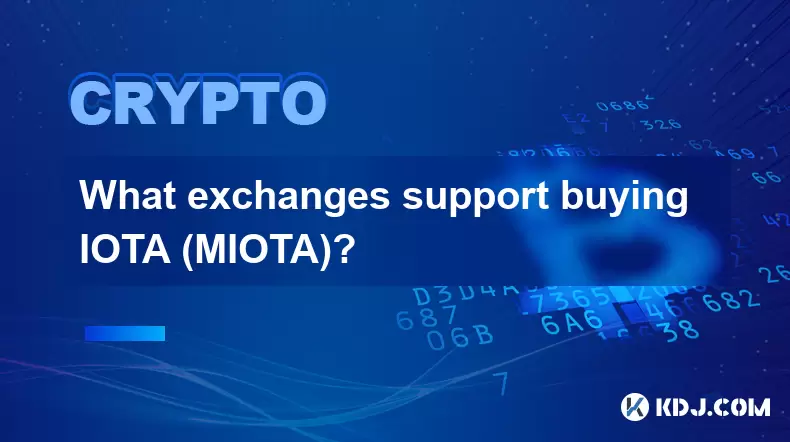
What exchanges support buying IOTA (MIOTA)?
Aug 07,2025 at 09:58pm
Understanding the Role of Private Keys in Cryptocurrency SecurityIn the world of cryptocurrency, private keys are the cornerstone of ownership and con...
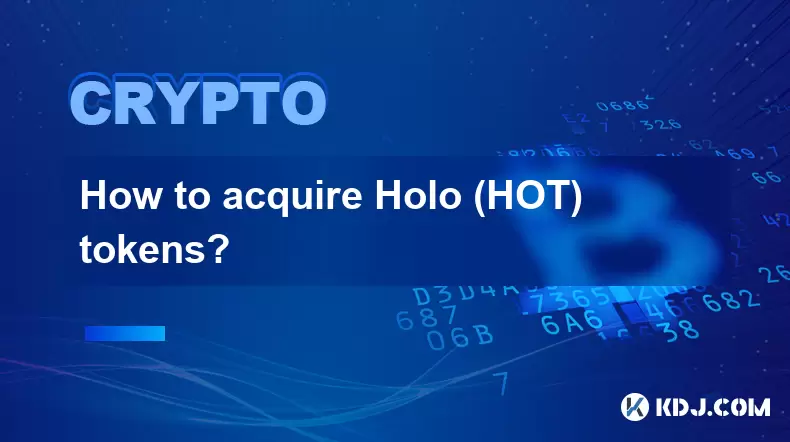
How to acquire Holo (HOT) tokens?
Aug 08,2025 at 05:56am
Understanding Holo (HOT) and Its EcosystemHolo (HOT) is a cryptocurrency token associated with the Holo ecosystem, which is built on the Holochain fra...
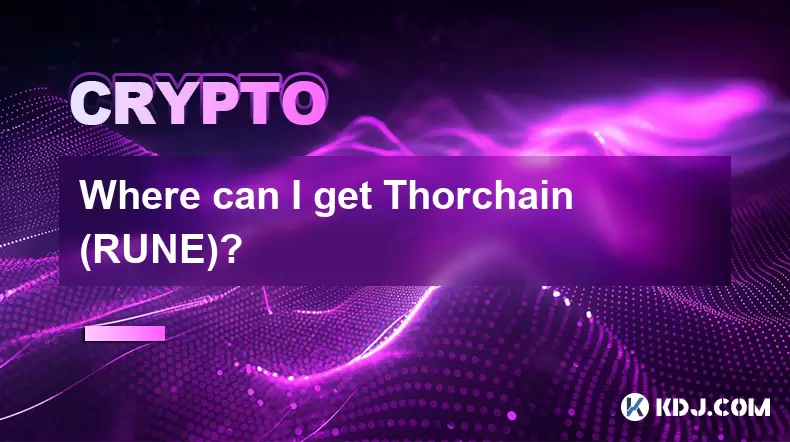
Where can I get Thorchain (RUNE)?
Aug 08,2025 at 08:07am
Understanding the Role of Seed Phrases in Cryptocurrency WalletsA seed phrase, also known as a recovery phrase or mnemonic phrase, is a critical compo...
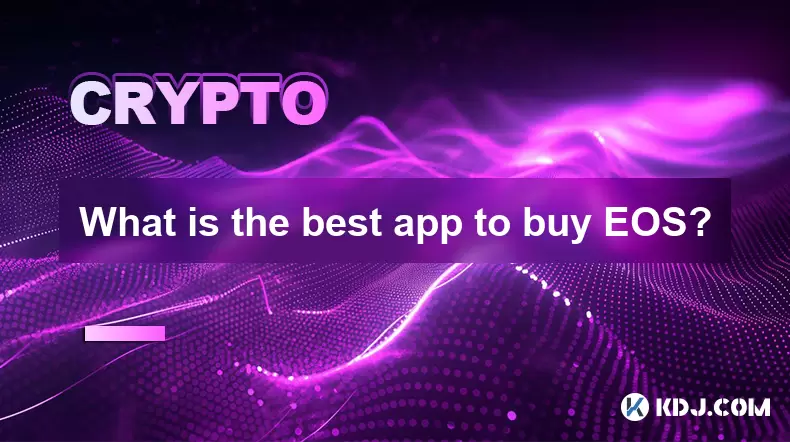
What is the best app to buy EOS?
Aug 07,2025 at 04:35pm
Understanding EOS and Its Role in the Cryptocurrency EcosystemEOS is a blockchain platform designed to support decentralized applications (dApps) with...
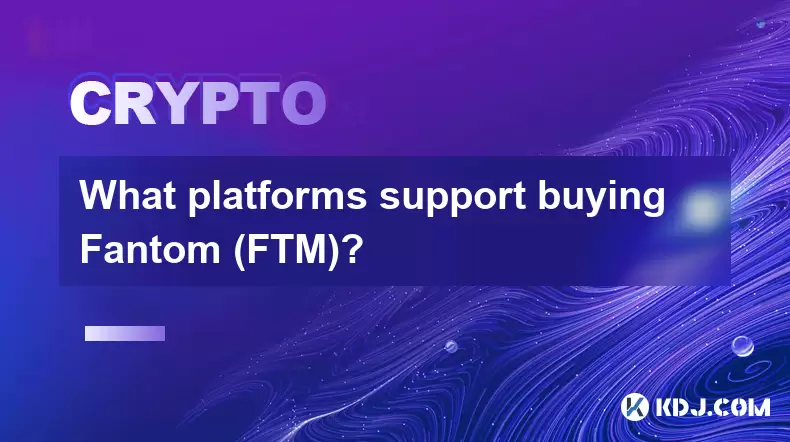
What platforms support buying Fantom (FTM)?
Aug 08,2025 at 01:56am
Overview of Fantom (FTM) and Its EcosystemFantom (FTM) is a high-performance, scalable, and secure layer-1 blockchain designed to overcome the limitat...

Where can I buy UMA (UMA)?
Aug 07,2025 at 06:42pm
Understanding UMA and Its Role in Decentralized FinanceUMA (Universal Market Access) is an Ethereum-based decentralized finance (DeFi) protocol design...

What exchanges support buying IOTA (MIOTA)?
Aug 07,2025 at 09:58pm
Understanding the Role of Private Keys in Cryptocurrency SecurityIn the world of cryptocurrency, private keys are the cornerstone of ownership and con...

How to acquire Holo (HOT) tokens?
Aug 08,2025 at 05:56am
Understanding Holo (HOT) and Its EcosystemHolo (HOT) is a cryptocurrency token associated with the Holo ecosystem, which is built on the Holochain fra...

Where can I get Thorchain (RUNE)?
Aug 08,2025 at 08:07am
Understanding the Role of Seed Phrases in Cryptocurrency WalletsA seed phrase, also known as a recovery phrase or mnemonic phrase, is a critical compo...

What is the best app to buy EOS?
Aug 07,2025 at 04:35pm
Understanding EOS and Its Role in the Cryptocurrency EcosystemEOS is a blockchain platform designed to support decentralized applications (dApps) with...

What platforms support buying Fantom (FTM)?
Aug 08,2025 at 01:56am
Overview of Fantom (FTM) and Its EcosystemFantom (FTM) is a high-performance, scalable, and secure layer-1 blockchain designed to overcome the limitat...
See all articles

























































































